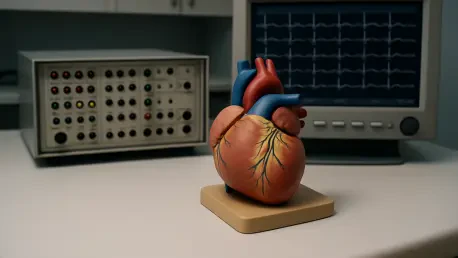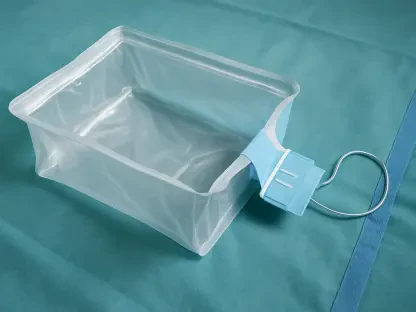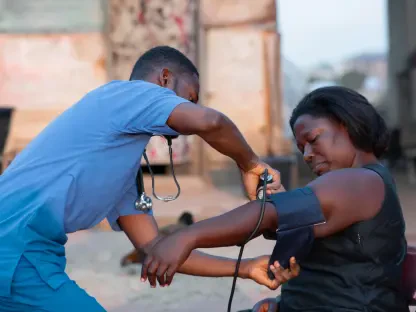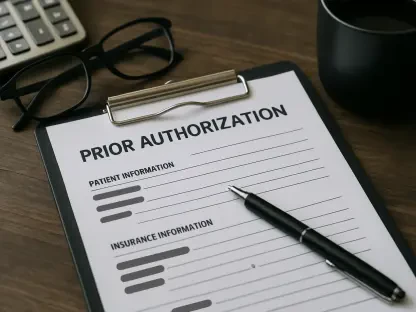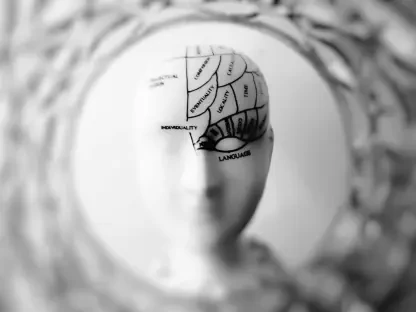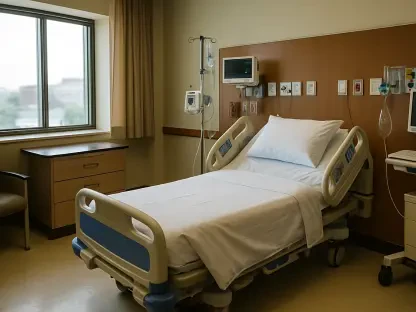I’m thrilled to sit down with Dr. James Maitland, a renowned expert in cardiac electrophysiology with a deep focus on innovative pacing technologies. With a passion for improving patient outcomes through cutting-edge solutions, Dr. Maitland has been at the forefront of advancing leadless pacemaker technology, especially in the context of India’s unique healthcare landscape. Today, we’ll explore how this revolutionary device is transforming cardiac care, the challenges of implementation, and the future of rhythm management for millions of patients across the country.
Can you explain what a leadless pacemaker is and how it stands apart from traditional pacemakers?
A leadless pacemaker is a small, self-contained device that’s implanted directly into the heart, specifically the right ventricle, to regulate heart rhythm. Unlike traditional pacemakers, which rely on wires—called leads—that connect the device to the heart, a leadless pacemaker eliminates the need for these leads and the surgical pocket in the chest. This design drastically cuts down on complications like lead fractures or infections, which are common with older systems. It’s a game-changer because it simplifies the setup and reduces long-term risks for patients.
Why do you believe leadless pacemakers are especially significant for patients in India?
In India, leadless pacemakers address several critical challenges. Many patients live in areas where access to consistent follow-up care is limited, and the risk of infection from traditional pacemaker leads can be higher due to varying hygiene standards or delayed medical attention. Additionally, the Indian population often deals with comorbidities like diabetes, which can complicate recovery from invasive procedures. The minimally invasive nature of leadless pacemakers, along with shorter hospital stays, makes them a better fit for these realities, improving both safety and quality of life.
Can you describe the process of implanting a leadless pacemaker and what makes it unique?
The implantation is quite fascinating. We use a catheter, typically inserted through the femoral vein in the leg, to deliver the tiny pacemaker directly into the heart’s right ventricle. There’s no need for chest incisions or creating a pocket under the skin, which is standard with traditional pacemakers. The procedure usually takes about an hour, and because it’s less invasive, patients often recover quickly—many are up and walking the next day and discharged within 24 hours. It’s a stark contrast to the more extensive surgery and recovery tied to older devices.
Reflecting on specific cases, what factors make a leadless pacemaker the ideal choice for certain patients?
Take, for instance, patients with complex medical histories, like those who’ve undergone major surgeries or treatments such as chemotherapy, which might complicate traditional pacemaker placement. The absence of leads and chest incisions reduces infection risks and avoids interference with prior surgical sites. I’ve seen patients report a dramatic improvement in energy levels and overall well-being post-implantation, largely because the procedure is gentler on the body and allows for a faster return to normal life.
What kind of impact have you observed with leadless pacemakers on patient outcomes in India?
The impact has been profound. Patients experience greater comfort since there’s no visible device or scar on the chest, which also boosts their confidence. Complication rates, especially related to infections or lead issues, are noticeably lower. Many patients have shared how their quality of life improves almost immediately after the procedure, with less downtime and fewer worries about device maintenance. It’s encouraging to see data and personal stories align in showing better safety and satisfaction.
How accessible are leadless pacemakers across India at this stage?
Right now, access is largely concentrated in major cities with advanced cardiac centers where specialized expertise and equipment are available. However, there’s a growing push to expand into smaller towns and even rural areas as awareness of the benefits spreads. The main hurdles are cost and the need for trained personnel. While the technology is gaining traction, scaling it to less urbanized regions requires investment in infrastructure and education, which is a work in progress.
What efforts are underway to train more doctors in India to implant these devices?
There’s a strong focus on building capacity through specialized training programs for electrophysiologists and cardiologists. Workshops, simulations, and hands-on sessions in leading hospitals are helping to bridge the skill gap. Some initiatives partner with international experts to share best practices. Training duration varies, but it often takes several months of dedicated practice for a doctor to become proficient, especially since precision is critical in catheter-based implantation. The goal is to create a wider network of skilled professionals across different healthcare tiers.
How do the costs of leadless pacemakers compare to traditional ones, and what can be done about affordability?
Leadless pacemakers are generally more expensive upfront due to the advanced technology and the specialized tools required for implantation. This can be a barrier for many patients in India, where out-of-pocket expenses are common. However, the long-term savings from fewer complications and follow-up procedures can offset the initial cost. I believe expanding insurance coverage and government subsidies could play a huge role in making this option more accessible, and there’s already some movement in that direction.
Looking to the future, what is your forecast for the role of leadless pacemakers in Indian cardiac care?
I’m incredibly optimistic. As technology advances and costs gradually come down, I foresee leadless pacemakers becoming a standard of care for a significant number of bradycardia patients in India. With ongoing efforts to train more doctors and improve access, we’re likely to see this innovation reach deeper into underserved areas. Beyond that, I expect further refinements in device design—perhaps longer battery life or enhanced features—that will solidify their place in transforming cardiac rhythm management for millions. It’s an exciting time to be part of this evolution.
